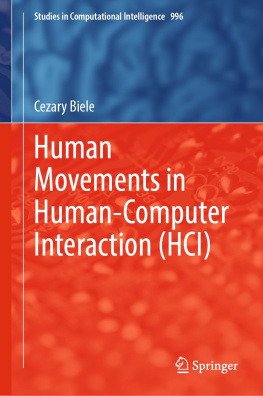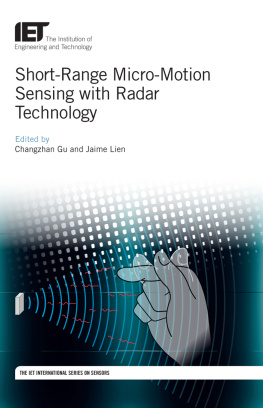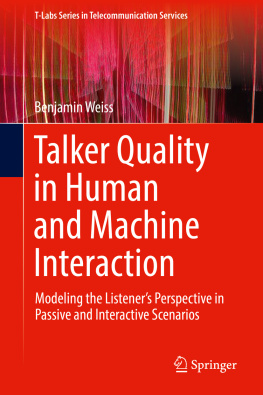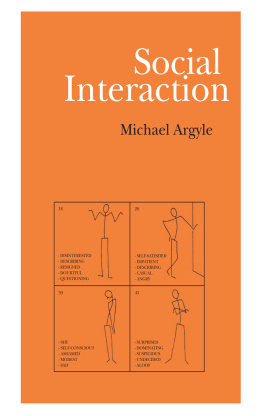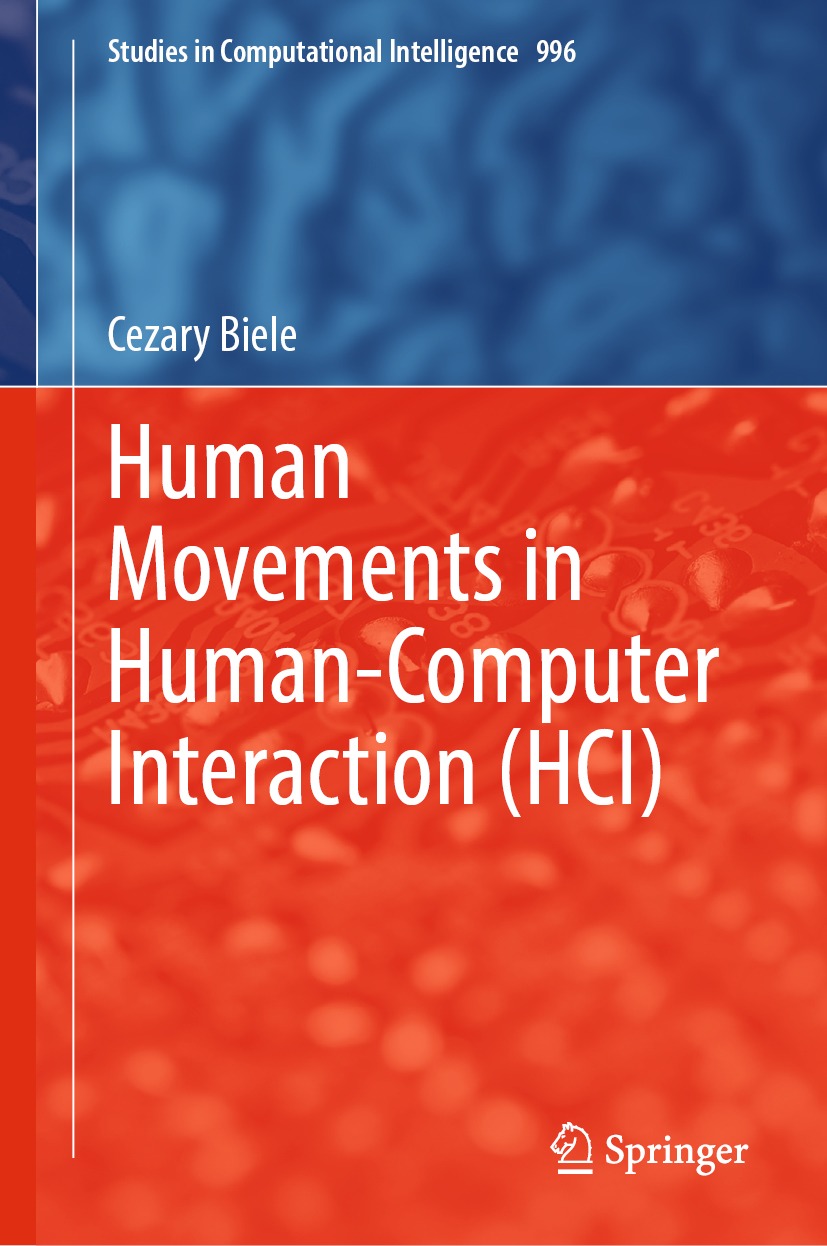1. Introduction
1.1 General Remarks
This book is generally concerned with the humancomputer interaction (HCI, for short) which has become over the last years or decades an object of interest, study and even implementations of immense importance. The main reason is that it is commonly believed that an interactivein a synergistic cooperation and collaboration between the human being and machine (computer)solution of complex problems we face in the present world is the most promising paradigm.
Humancomputer interaction (HCI), which has flourished since the 1980s, is a multidisciplinary field of study which aims at developing tools and techniques, to be then implemented in software and hardware, which would make it possible to attain an effective and efficient interaction between the humans (the users) and computers. Needless to say that though in HCI emphasis in the beginning was on the computers, it had recently moved to other aspects, notably taking into account the very specific features of the human being who exhibits many inconsistencies like changeable preferences, intentions, judgements, can get tired, may behave in a strange way, etc.
Therefore, for the last years HCI has more and more been including results from other sciences exemplified by the cognitive sciences, psychology, etc.
To be more specific, in recent years, one could clearly see an increase of interest of HCI researchers and practitioners in the inclusion of gaze gestures which can greatly simplify and made more effective and efficient the communication between the human user and the computer. This is an example of a larger trend that the communication between the human and computer becomes more and more physical, that is, using as much as possible, and as directly as possible, what can be read from how the human behaves.
Of course, such a gesture based interface can involve all what can be learned from movements of the human body, that is, to just name a few, from: face, hand, leg and foot, etc. to the whole body movement. Moreover, as the human involvement in the humancomputer interaction can extend to the involvement of groups of agents, it also makes sense to consider movement in the sense of various movements of groups of users of the HCI, even finally movements at the level of a society of HCI users.
These important, explicitly human centric issues in the development, design, analysis and implementation of the HCI systems are discussed in the book. A comprehensive state of the art is given and is complemented with some original own proposals. Emphasis is on various types of human movement in the context of the humancomputer interaction. However, as opposed to main works in the field which discuss the broadly perceived human movement related aspects in the HCI from a more formal, mathematical modeling based, point of view, followed by much detail on the use of modern IT/ICT tools for their implementation, in this book the above mentioned analyses will be more explicitly based on relevant research results from psychology and psychophysiology. By necessity, some more relevant results obtained in these sciences are used showing how they can extend and improve the HCI development. However, The inclusion of these aspects in the HCI field is important because the human being is in this area the key element and we should take into account as much as possible what is known about the human behavior and how this can be transformed into algorithms to be employed in the HCI systems.

